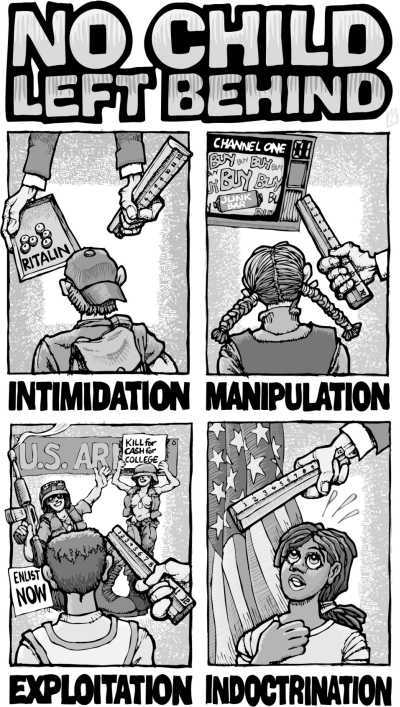Cuomo, “Fifty Shades of Grey” and Receivership: Whipping School Communities Does Not Create More Effective Schools, Working Together Really Does Work.
Is something going on with Jim Malatras and Meryl Tisch? Another billet doux, not quite a Valentine Day greeting.
Back in December Malatras, Cuomo’s policy wonk authored an accusatory letter demanding that the chancellor respond to nineteen questions (“Fifty Shades of Grey” ??), the chancellor, meekly, provided a 20-page letter pretty much accepting the flailings of the governor. (Read an earlier blog here)
Cuomo rolled the Malatras letter and the Tisch response into his annual State of the State message, the governor, reminds me a little of Christian Grey displaying his whips and chains and threatening what he sees as a submissive teacher workforce. Well, hasn’t quite worked out that way as the teacher union and their allies fight back, thousands upon thousands of tweets, rallies, TV and radio, and the public increasingly wonders why the governor is bullying their kid’s teacher.
Malatras latest letter asks Tisch to respond to the governor’s vague “receivership” concept,
One of New York State’s greatest failures has been the persistent state of our failing schools. As you know there are 178 failing schools in New York State [note: there are 4400 schools in the state] and 77 have been failing for a decade…
That is why the Governor adopted your recommendation note: [the Regents have never discussed this issue] and proposed a law based on the Massachusetts receivership model with an added provision that these schools become community schools with wraparound and other services…
A broad section of education stakeholders have supported the Massachusetts approach [note: who are they?], including the AFT President Randi Weingarten, who supports the model in the Lawrence School District…
[the governor would] like SED to further research the Massachusetts model by performing a comprehensive data and field analysis to see how and why the Cuomo, “Fifty Shades of Grey” and Receivership: Whipping School Communities Does Not Create More Effective Schools, Working Together Really Does Work. | Ed In The Apple:












